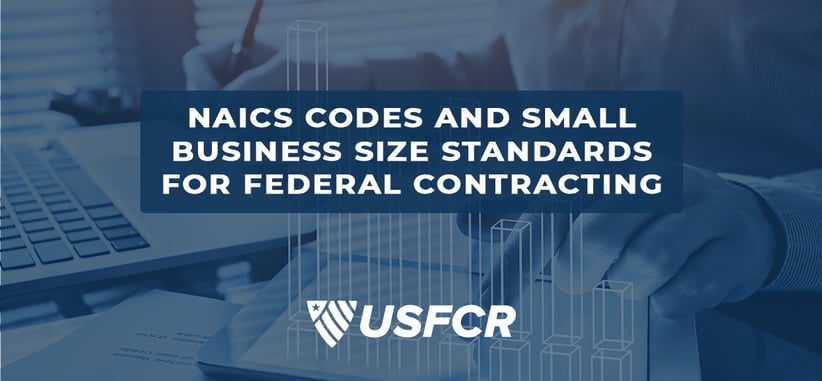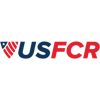
Understanding NAICS codes and small business size standards is a critical step in navigating the government contracting landscape. These elements are not just compliance requirements; they are strategic tools that can significantly enhance your chances of winning government contracts. This blog will guide you through the intricacies of NAICS codes and size standards, showing you how to leverage them for your business's advantage.
Decoding NAICS Codes:
NAICS (North American Industry Classification System) codes categorize your business activities, making it easier for government agencies to identify potential suppliers. To find the most accurate NAICS code for your business, you can start by visiting the U.S. Census Bureau's website. Here's how:
- Visit the NAICS section on the Census Bureau's website.
- Use the search tool to enter keywords related to your business.
- Select the most relevant code(s) that align with your business activities.
For example, janitorial services might fall under NAICS 561720, while landscaping services align with 561730.
The Role of Primary and Secondary NAICS Codes:
In the System for Award Management (SAM), understanding the distinction between primary and secondary NAICS codes is crucial. Your primary code should reflect your main line of business, while secondary codes can encompass additional services you offer. This approach broadens your eligibility for various contracts. When registering in SAM, carefully select multiple NAICS codes representing all facets of your business.
Understanding Small Business Size Standards:
Small business size standards, linked to your NAICS codes, determine your eligibility for set-aside contracts. These standards vary by industry and are based on metrics like the number of employees and average annual receipts. Understanding where your business falls within these standards is key to qualifying for specific government contracting opportunities.
Navigating Size Standards with Examples:
To navigate these standards, refer to the SBA's table of small business size standards. This will help you understand the specific criteria for your industry, whether it's office administrative services, adhesive manufacturing, or any other sector. The standards vary significantly across different industries, so it's important to know where your business stands.
Leveraging NAICS Codes and Size Standards for Contracting Opportunities:
Your NAICS codes are a gateway to relevant government contracts. Focus on opportunities where your business qualifies as small, as these tend to be less competitive. Ensure your SAM profile includes all relevant NAICS codes to maximize your visibility to contracting officers.
Accurately identifying your NAICS codes and understanding size standards are vital for success in government contracting. These tools are not just about meeting requirements; they are about strategically positioning your business for more contract wins.

For further assistance in finding the right NAICS codes for your business, visit NAICSCode.com, a resourceful tool provided by USFCR. This platform simplifies identifying and selecting the appropriate NAICS codes for your government contracting needs. Additionally, if you need more guidance or support in your government contracting journey, our team at USFCR is here to help. Contact us for expert advice at (866) 216-5343, and let's achieve your contracting goals together!

